40. Tony’s tour London
17/04/2024
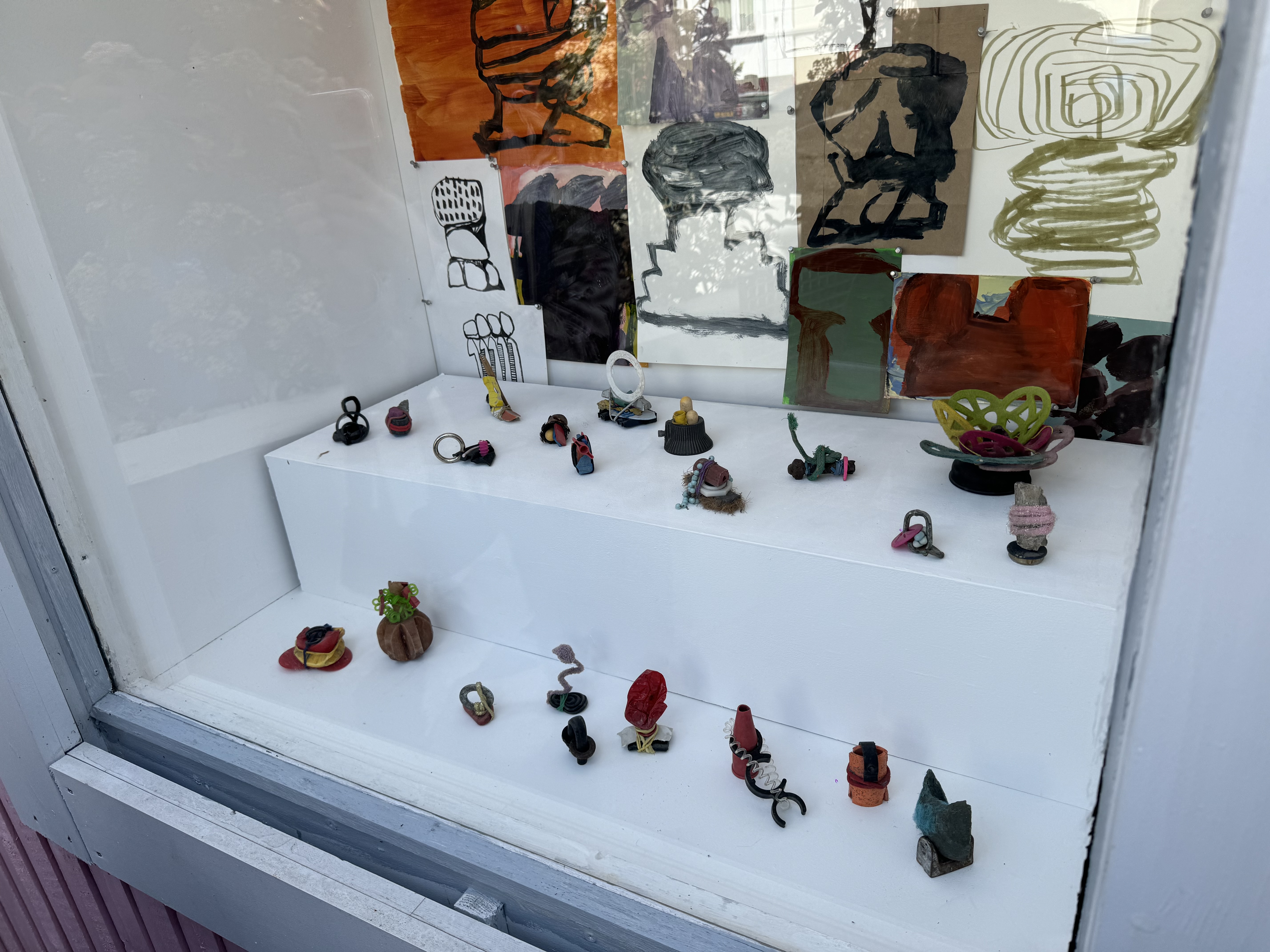 The first stop was m2 gallery, which was established in 2003 by Ken Taylor and Julia Manheim. These models made of everyday items at the door opened up a new horizon for me about models. It turns out that not only are cardboard, foam boards and other common materials used for models made, but also some everyday things can be used to make quite creative and interesting models. . Therefore, when I generate ideas, I should make as many attempts as possible using the resources available around me.
The first stop was m2 gallery, which was established in 2003 by Ken Taylor and Julia Manheim. These models made of everyday items at the door opened up a new horizon for me about models. It turns out that not only are cardboard, foam boards and other common materials used for models made, but also some everyday things can be used to make quite creative and interesting models. . Therefore, when I generate ideas, I should make as many attempts as possible using the resources available around me.

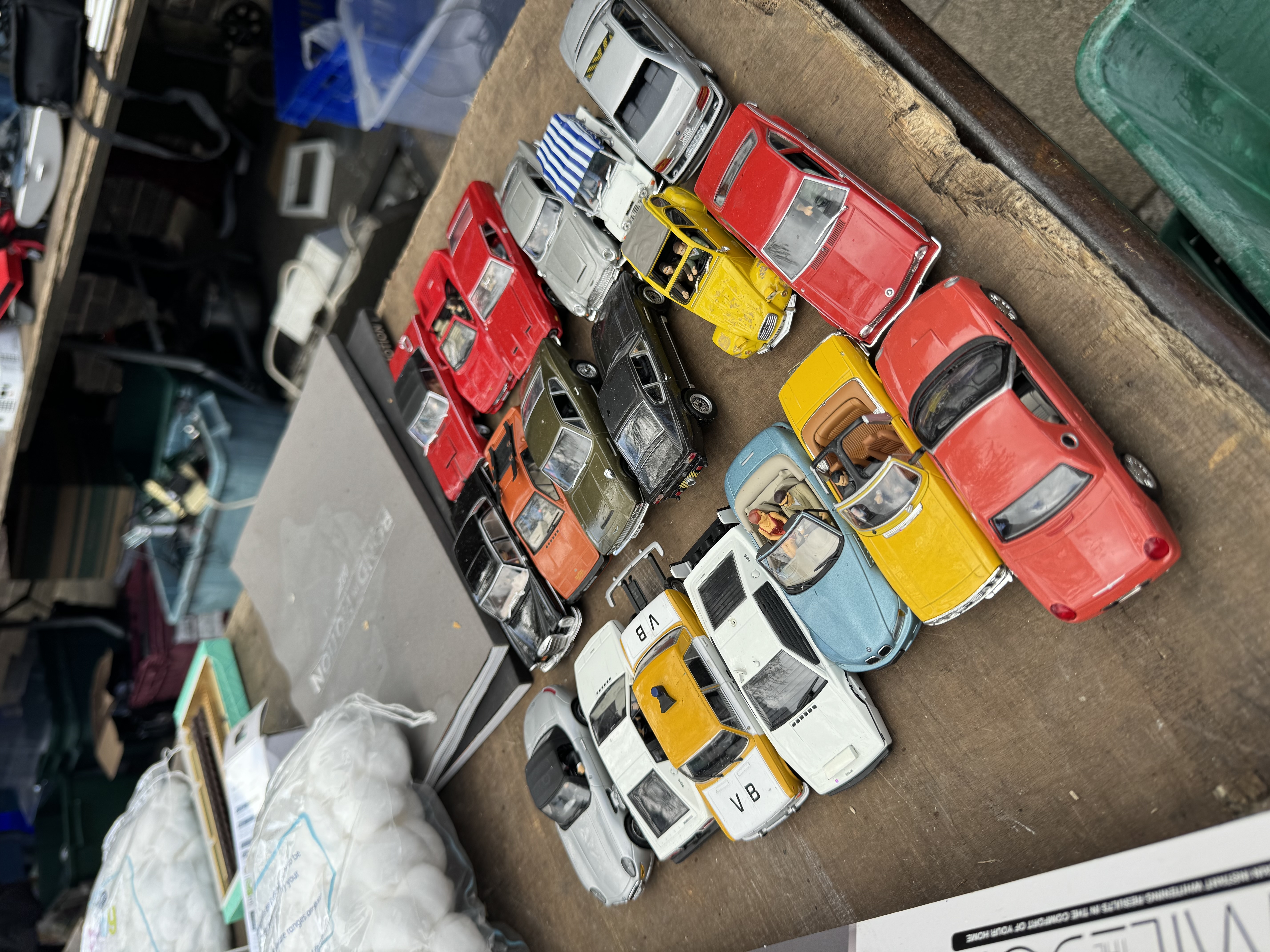
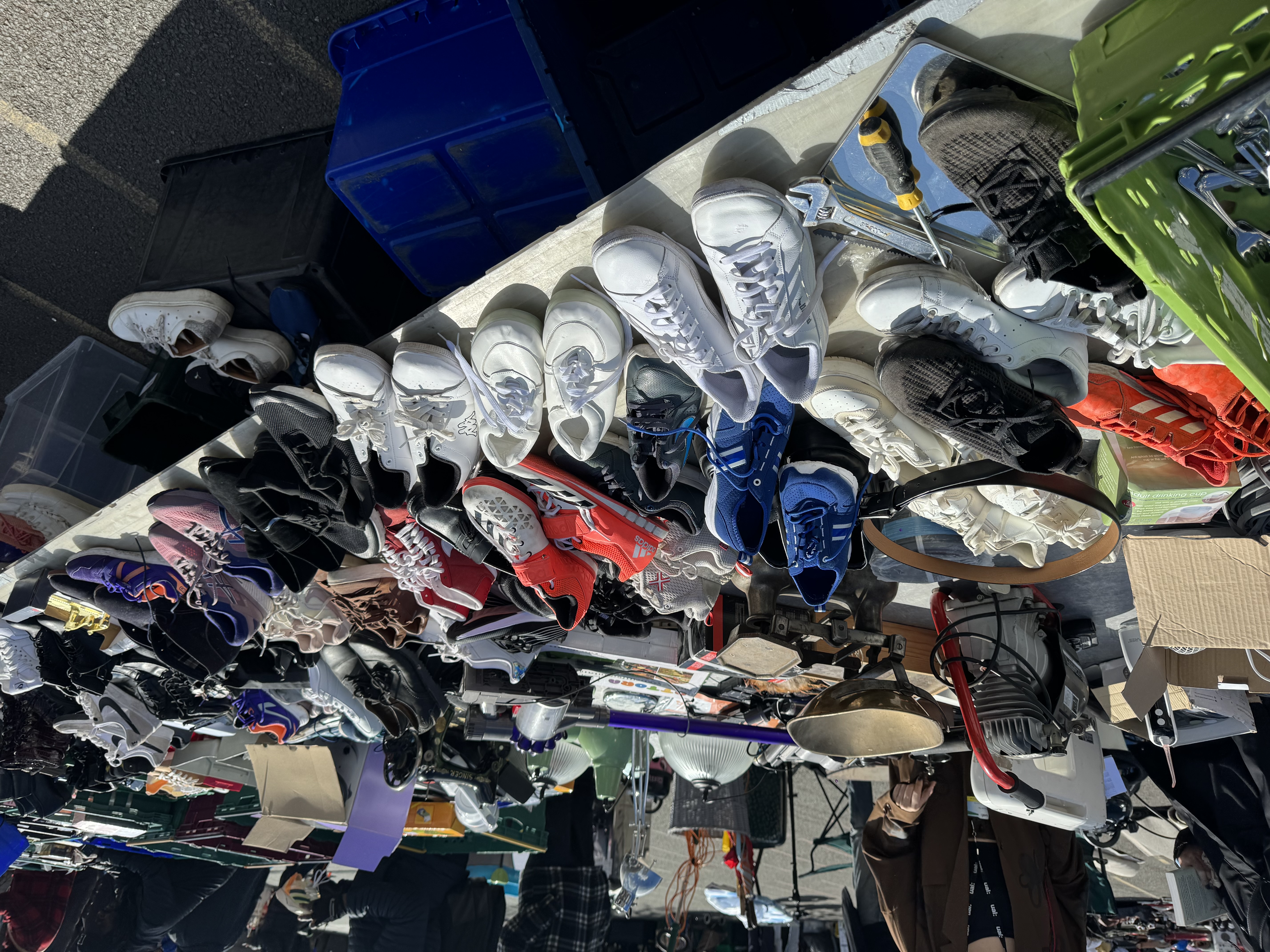
 The second stop was Deptford Market. All kinds of things are sold here, including old electrical appliances, clothing, furniture, etc. There are also many interesting handicrafts inside. Among these things, I saw an interesting work, which is a stool with a seat made of animal fur. It looks like a primitive person. There are a lot of nice-looking things here, but I don't know why they were abandoned. Maybe it's because the aesthetics are outdated, or maybe it's too much trouble for people to move. But this abundance of useful stuff got me thinking about the glut of consumer goods.
The second stop was Deptford Market. All kinds of things are sold here, including old electrical appliances, clothing, furniture, etc. There are also many interesting handicrafts inside. Among these things, I saw an interesting work, which is a stool with a seat made of animal fur. It looks like a primitive person. There are a lot of nice-looking things here, but I don't know why they were abandoned. Maybe it's because the aesthetics are outdated, or maybe it's too much trouble for people to move. But this abundance of useful stuff got me thinking about the glut of consumer goods.Ordinary toy cars only cost 1 pound or even less than 1 pound, but 007's car costs 5 pounds. The difference isn't that huge, but the story behind it gives the car more value. This is also reflected in other things. For example, when we asked about a doll, the ordinary doll was also 1 pound, but the Pokémon Charizard was 3 pounds. Giving stories to the things we design increases their value and meaning. After people meet their basic needs, they will pay for deeper things.
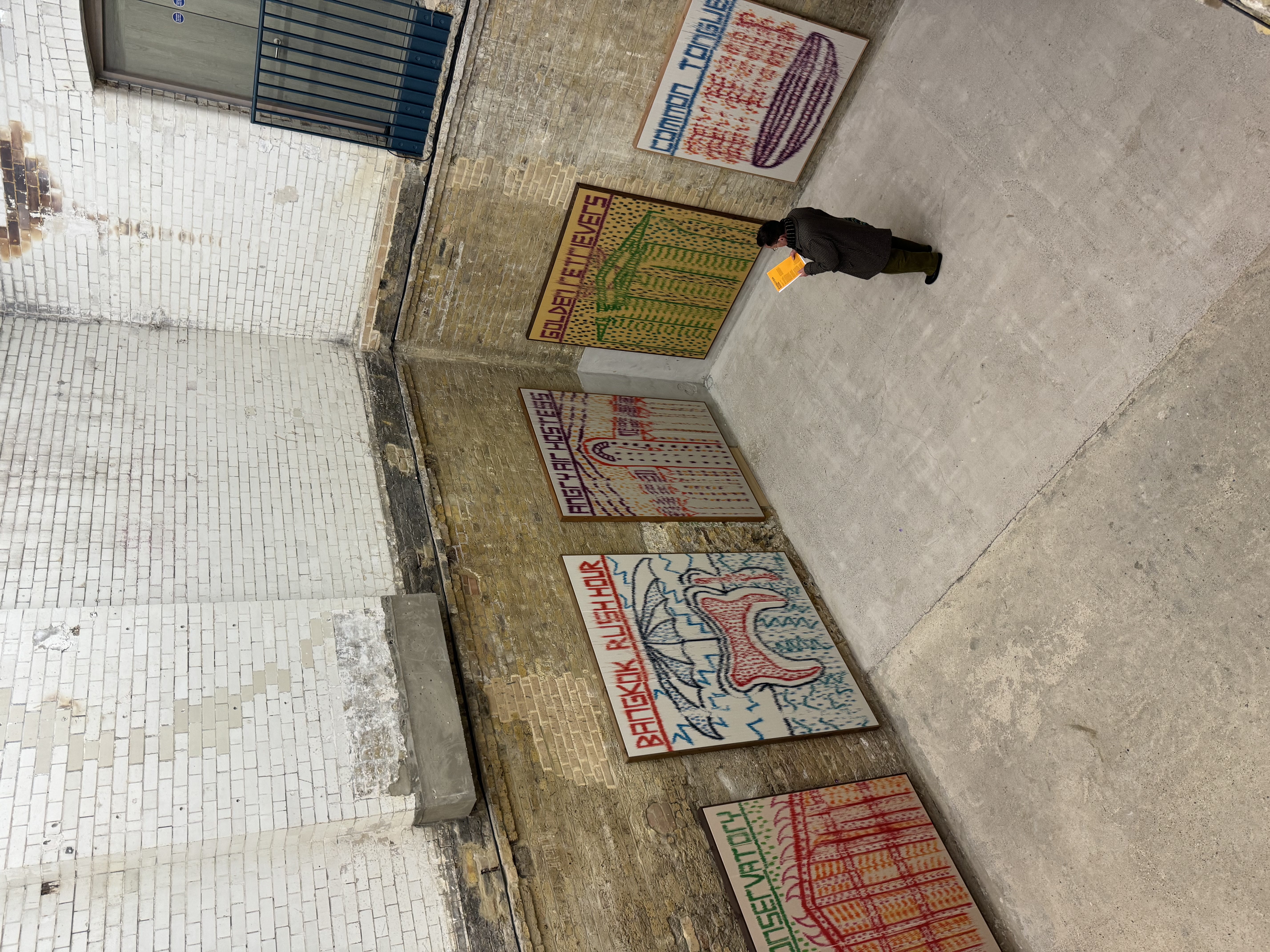 Then we came to CCA (Centre of Contemporary Art) in Goldsmiths. This huge painting made of wool made me think about whether something like this could be realized in some advertising or something.
Then we came to CCA (Centre of Contemporary Art) in Goldsmiths. This huge painting made of wool made me think about whether something like this could be realized in some advertising or something.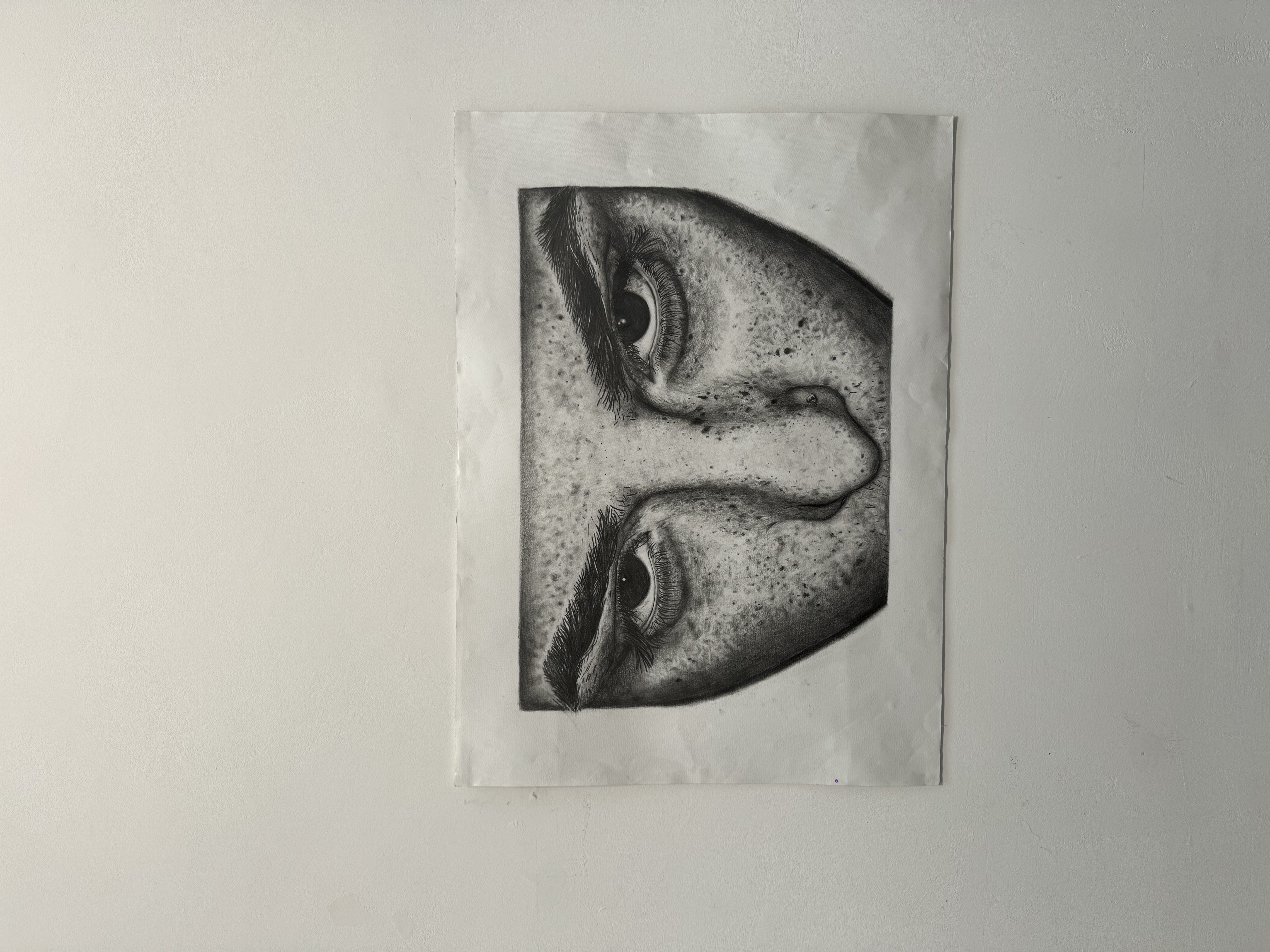
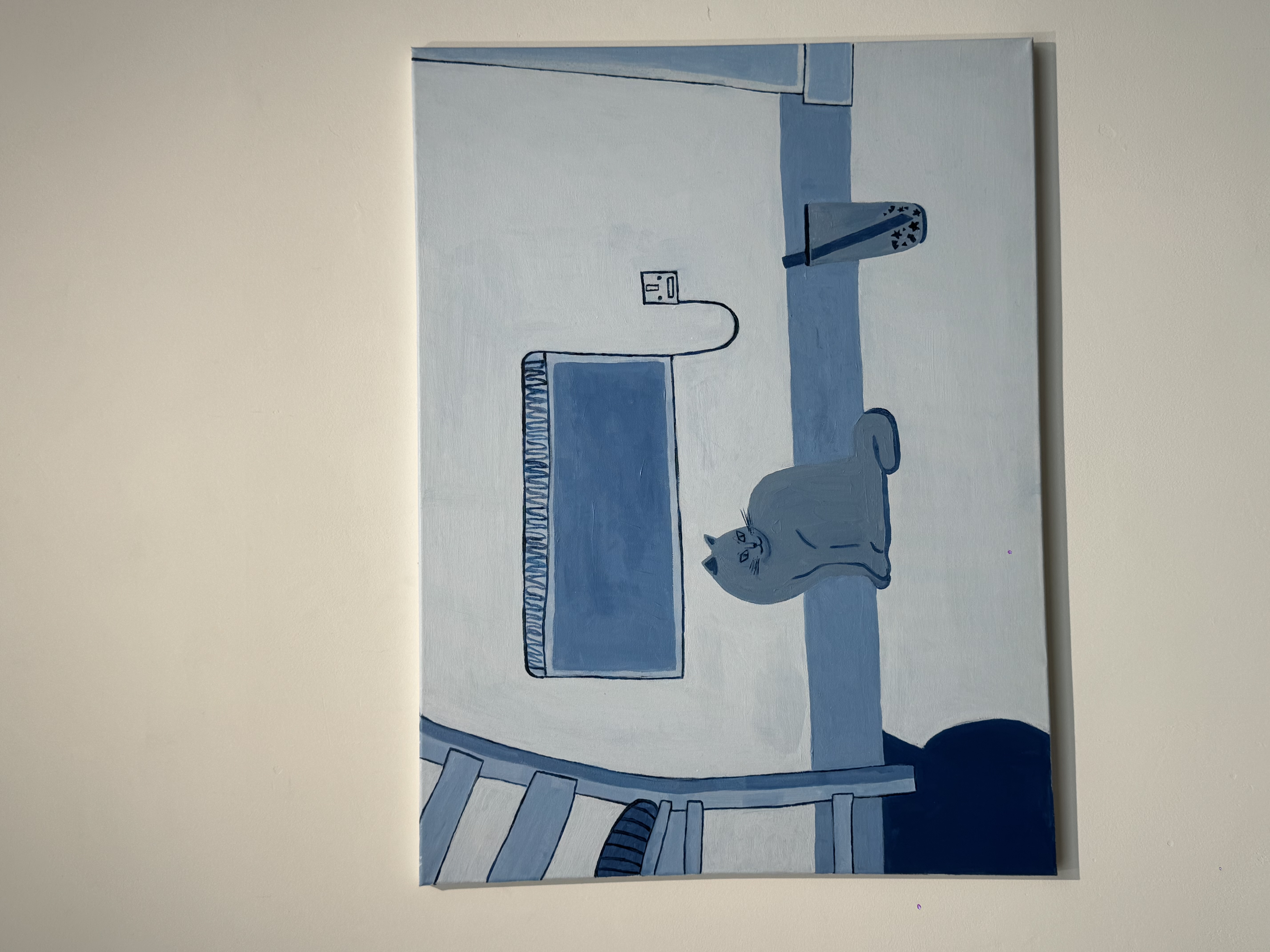
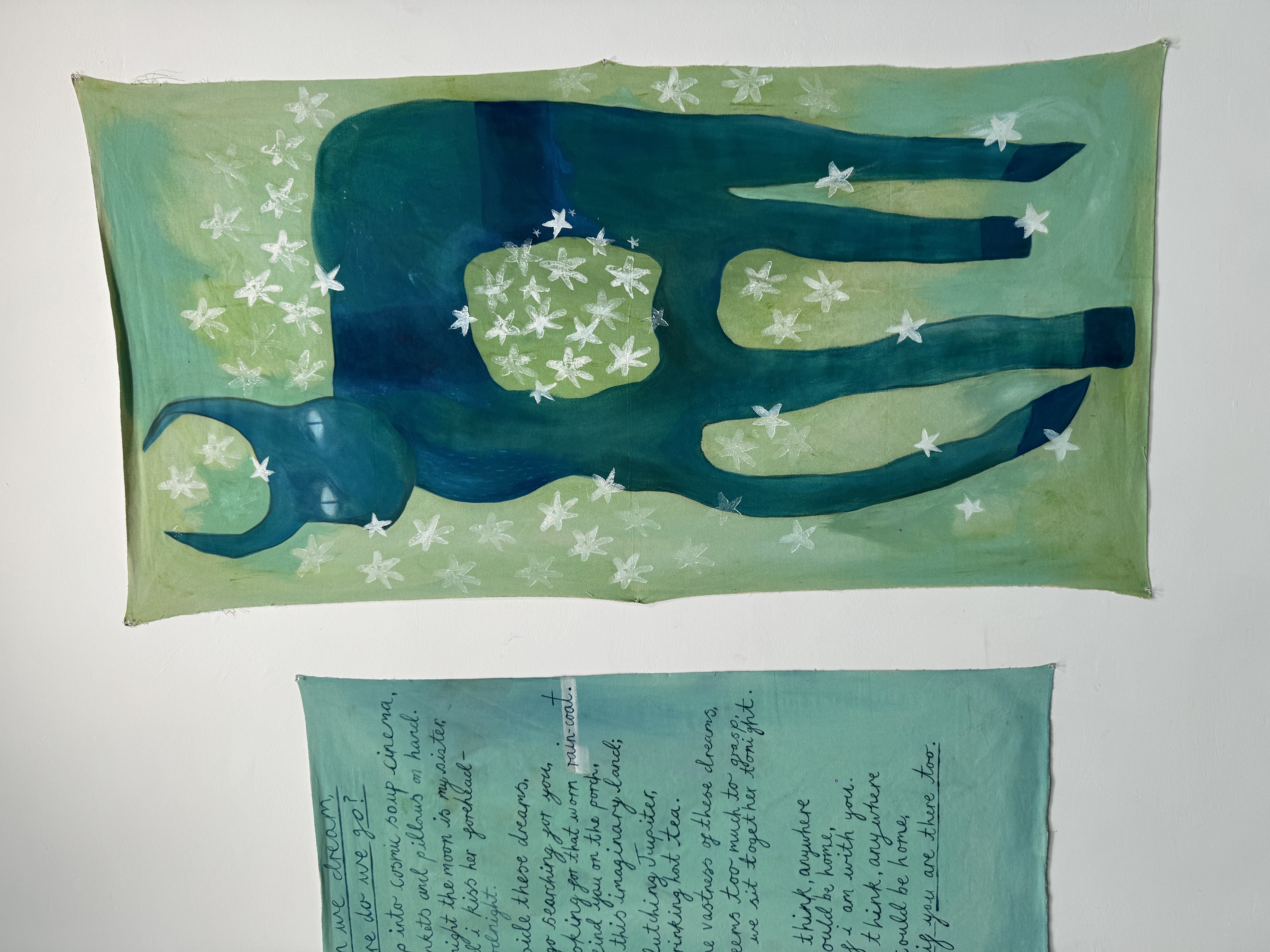
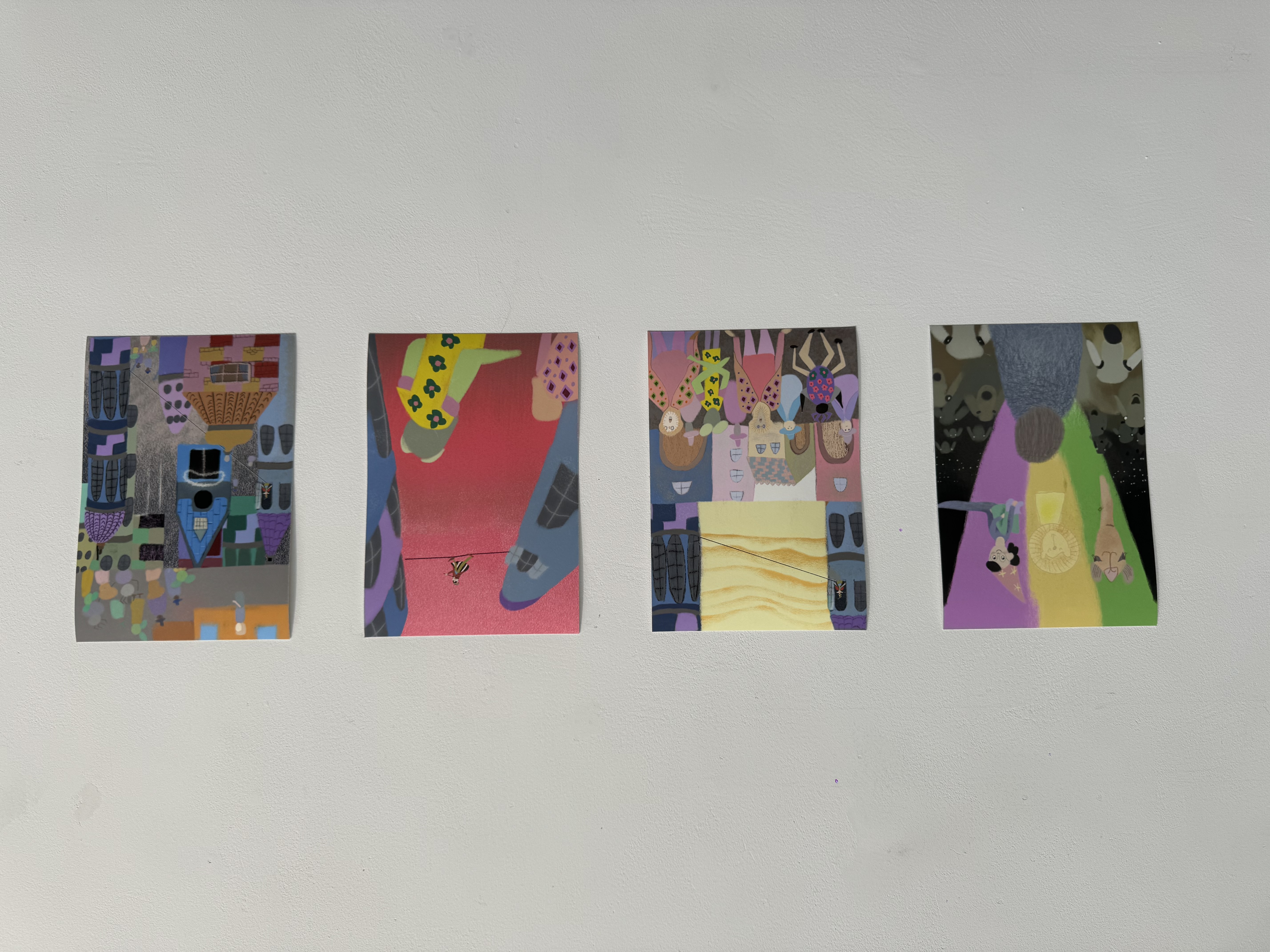
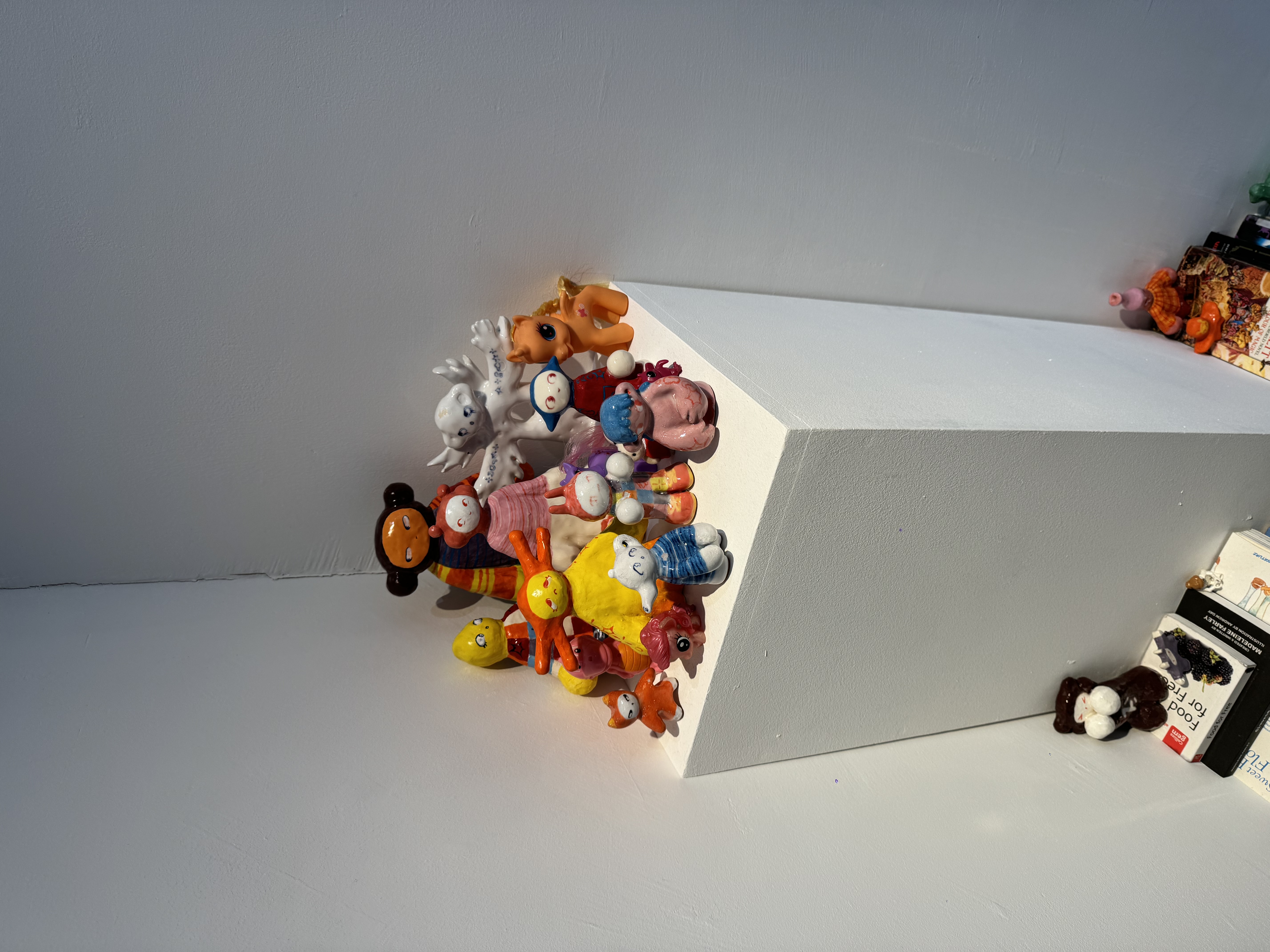
In Camberwell's student exhibition, I saw many students' stylish illustrations. The ceramics in the corner are particularly interesting to me. This student made something like a bubble mat out of ceramics. I think a piece of work that attracts me is either story-telling and systematic, or it has a unique style.


The graffiti on the truck reminds me of the car painting culture. Maybe the car is also a drawing board, and artists can also carry out artistic customization of the car. The author of the graffiti below painted his work on a police car. This work was discovered by the skateboard brand Palace and they jointly designed new products.
